Nansha Charts a New Course: Port Economy, Institutional Reform, and Global Connectivity Drive GBA Ambitions
本文包含AI辅助创作内容
Nansha, a rising strategic platform at the heart of the Guangdong-Hong Kong-Macao Greater Bay Area (GBA), is stepping into a new phase of international engagement. On June 30, the Guangzhou (Nansha) International Port Economy Global Investment and Talent Attraction Conference will be held at the Nansha International Convention and Exhibition Center, marking a fresh push to connect global capital, talent, and port-based industries.
At a time when global supply chain resilience and cross-border capital mobility are becoming increasingly interlinked, Nansha positions itself as both a logistical hub and a reform frontier, promoting integrated development through what it terms the “Five Ports Linkage” strategy— sea port, air port, information port, financial port, and talent port. These interconnected gateways form the structural backbone of Nansha's transformation into a globally competitive maritime economy.

Port at the Core: Building a Maritime Industrial Ecosystem
The port economy remains the cornerstone of Nansha's growth model. With rising container throughput, deep-sea shipping routes, and seamless river-sea and sea-rail intermodal connections, Nansha Port serves as a vital link between domestic industries and international markets. Its expanding logistics infrastructure supports emerging trade formats and serves as a base for clustering port-related enterprises.
Nansha's international cruise terminal and its collaboration with Hong Kong on yacht customs clearance and maintenance reflect its ambition to offer end-to-end port services. These developments serve not only manufacturers and traders, but also professional service providers eyeing cross-border opportunities.
The Five Ports Linkage: A Blueprint for Systemic Reform
The port is only the beginning. Nansha's reform model is rooted in an integrated, institutional framework:
The Sea Port anchors the physical economy, promoting a synergy between port logistics, industrial zones, modern services, and tech innovation.
The Air Port initiative aims to extend the functional reach of GBA airports—including Guangzhou Baiyun, Shenzhen Bao'an, and Hong Kong International—into Nansha's economic orbit.
The Information Port builds on the Nansha (GBA) Data Services Pilot Zone, with pilots in data ownership, traceability, and regulated cross-border circulation.
The Financial Portis geared toward supply chain and industrial finance. Nansha is expanding the role of exchanges such as the Guangzhou Futures Exchange, the Guangzhou Data Exchange, and the Shipping Exchange, while seeking to introduce an international commercial bank and a regional insurance service hub.
The Talent Port underpins the entire ecosystem, with efforts like the “Tunan Dream Builders” campaign and the creation of a globally aligned talent zone that integrates recruitment, research collaboration, and infrastructure development.
Policy-Driven Growth: From Free Trade to Future Cities
Backed by the “Nansha Plan”, a national-level initiative, the district has been granted wide-ranging authority to conduct institutional reform. Measures include the implementation of the Free Trade Zone (FTZ) upgrade strategy, the QDLP and QFLP pilot programs, and the development of one-stop global service platforms for outbound Chinese companies.
Nansha is aligning its regulatory environment with high-standard international agreements such as the CPTPP and DEPA, expanding its role as a hub for commodities like grain, steel, and oil and gas.
The area is also rapidly developing its education, science, and innovation infrastructure. The Guangzhou campus of the Hong Kong University of Science and Technology is being positioned as a world-class research institution, while new innovation platforms like Nansha Science City and Mingzhu Science Park are being built to foster commercialization of research and the growth of advanced manufacturing clusters.
On the urban planning front, Nansha is embracing a “future city” vision. With its “One Axis, Three Belts, One Core, Four Zones” blueprint, the district aims to integrate Lingnan cultural aesthetics, smart infrastructure, and ecological planning. It is also preparing for the operational launch of major transportation projects such as the Shenzhen-Zhongshan Corridor (Nansha section), the Nansha hub station, and Metro Lines 15 and 32 to further cement its centrality in the GBA's 30-minute traffic circle.
A Platform of Strategic Relevance
For foreign investors, financial institutions, and multinational corporations, Nansha represents more than a port—it is a platform. The upcoming June 30 conference will feature government-enterprise collaboration mechanisms, new index and platform launches, and structured matchmaking for global capital and talent. The event underscores Nansha's ambition not only to attract foreign participation, but also to co-create institutional innovation.
In the words of Liu Wei, Member of the Guangzhou Municipal Standing Committee and Secretary of the Nansha District Committee, “Nansha will lead from the front, with pioneering reforms and integrated innovation. It will continue to serve as Guangzhou's engine of high-quality development.”
By leveraging its strategic location, multi-port integration, and reform autonomy, Nansha is fast becoming a testbed for the next phase of China's institutional opening—one that seeks not only investment, but also shared governance and global collaboration.









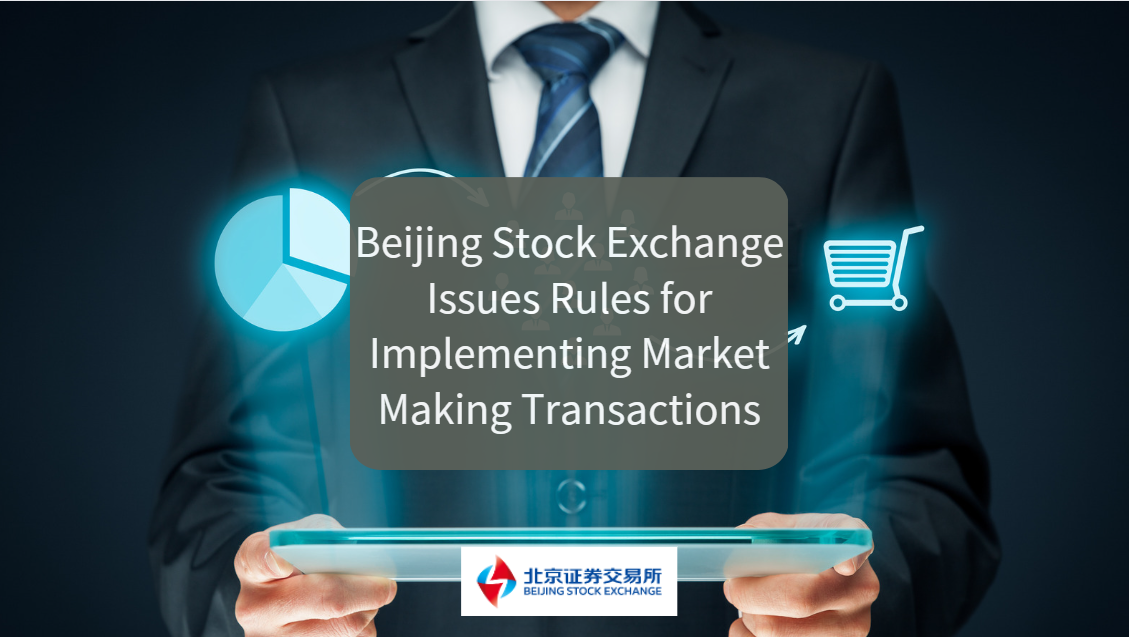


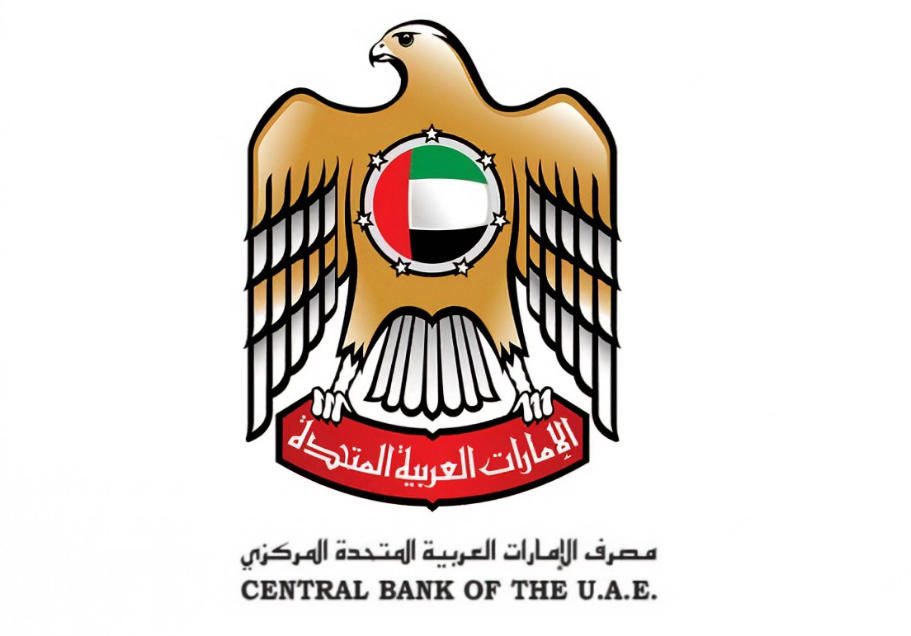
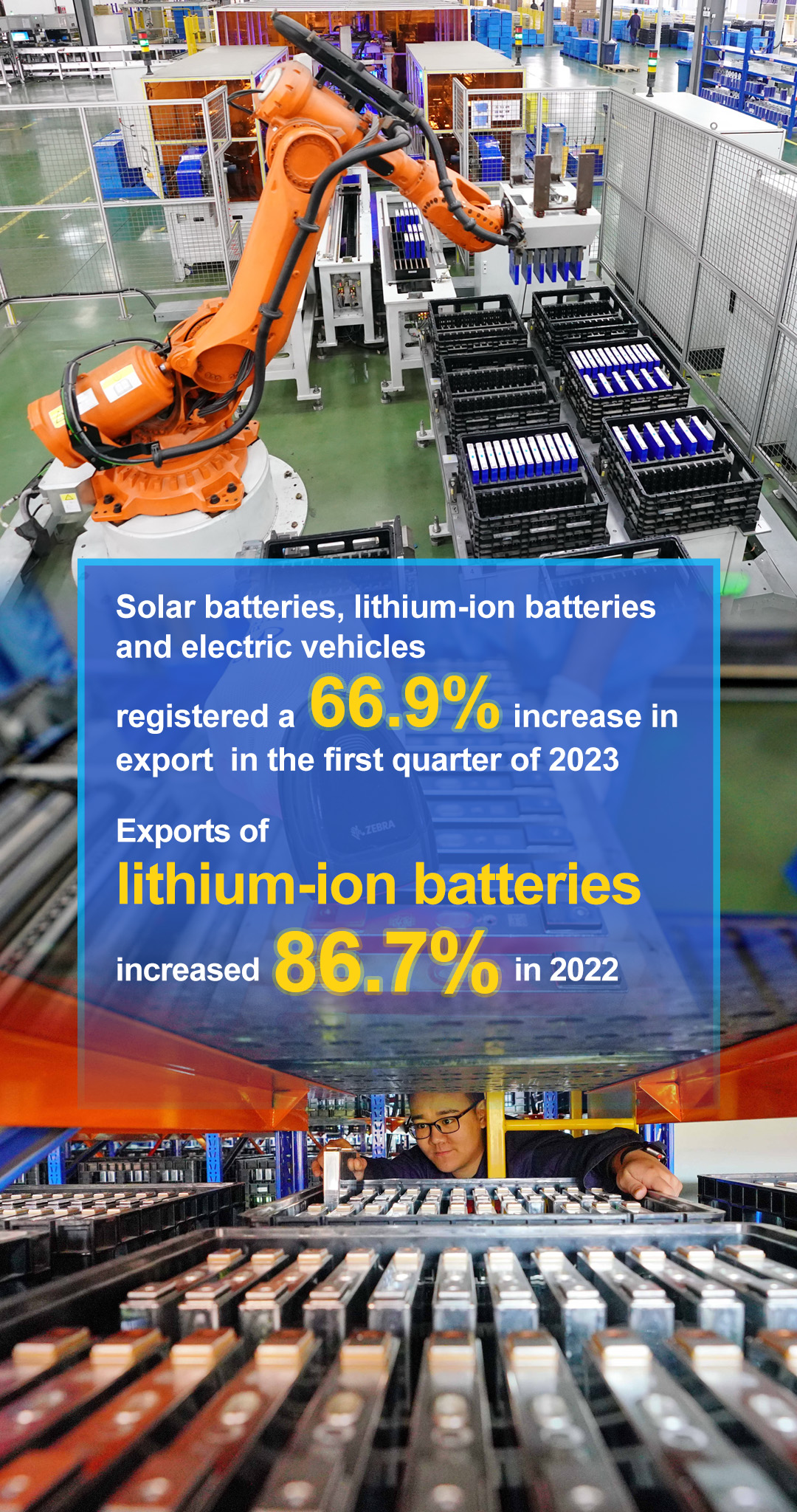

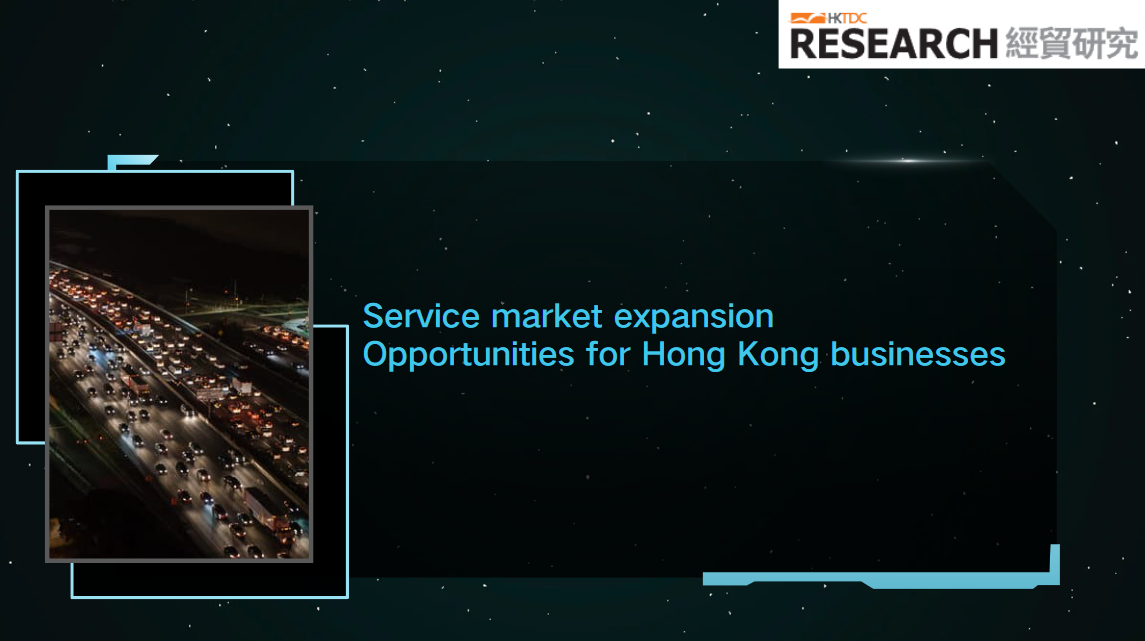



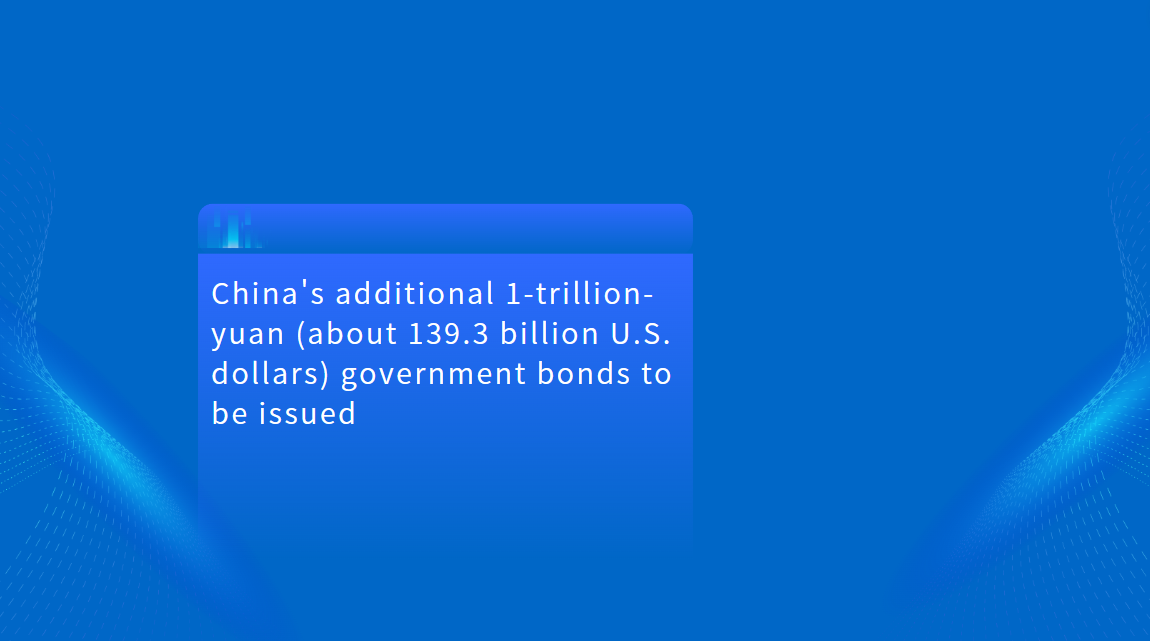



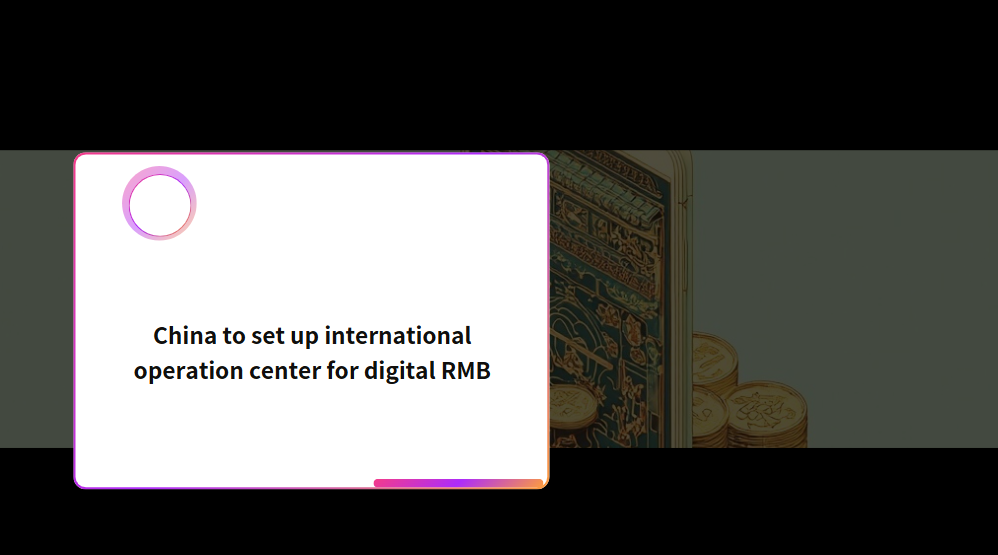




























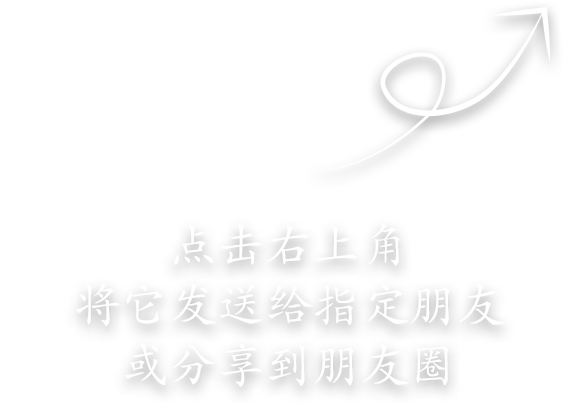
First, please LoginComment After ~